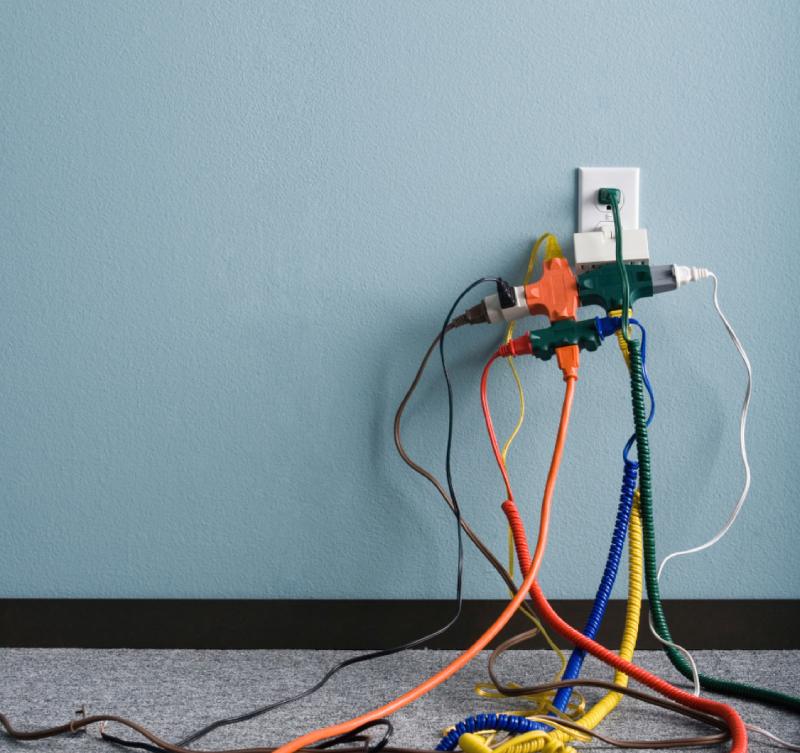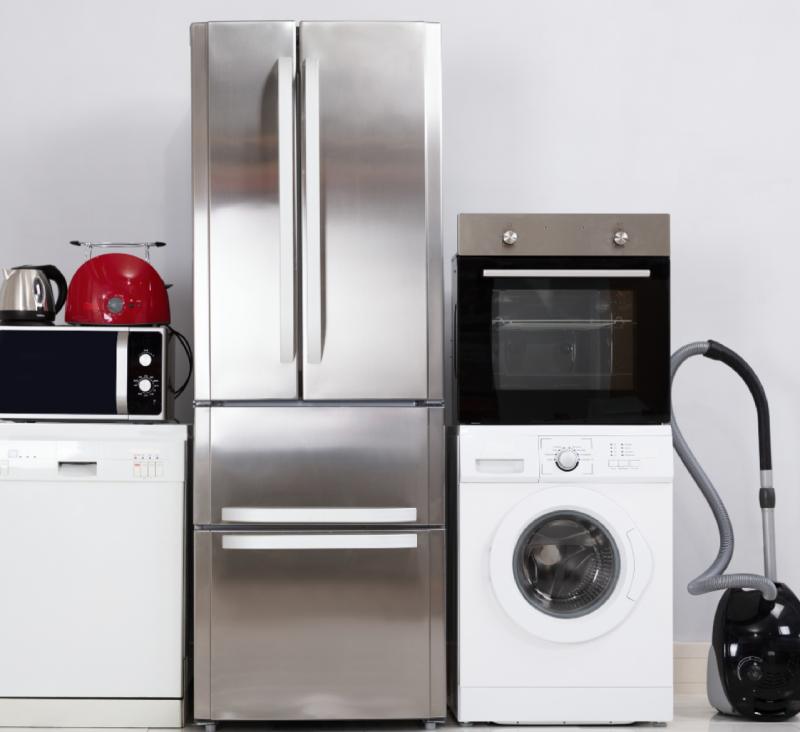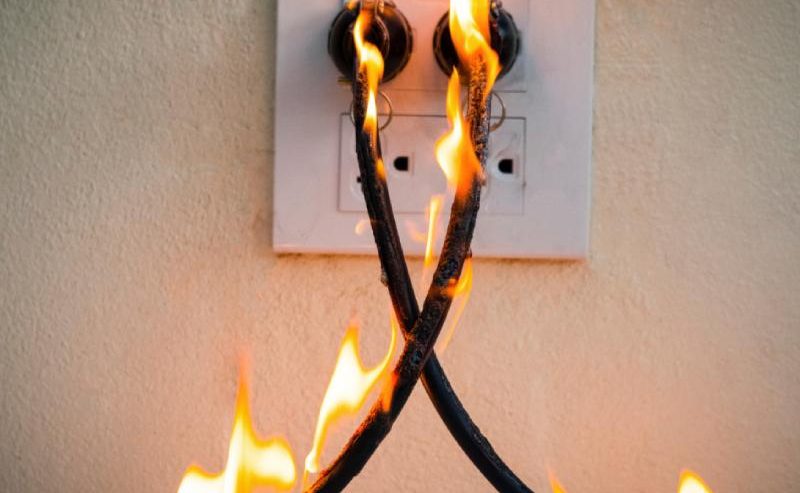Water damage doesn’t just threaten the functionality of your devices; it can also pose significant safety hazards. By being prepared and knowing the right steps to take, you can act swiftly and efficiently, potentially saving valuable time and money.
This guide will explore the dangers of water exposure to electronics, immediate actions to mitigate damage, effective restoration techniques, and preventive strategies to safeguard your devices against future incidents.
Understanding the Risks of Water Damage to Electronics
Water and electricity are a dangerous combination. When electronics are exposed to water, several risks arise, including electrical shorts, corrosion, and total device failure. These dangers can escalate quickly, often leading to irreversible damage if not addressed promptly. Emergency water restoration efforts should prioritize safety to mitigate these risks, ensuring both the well-being of the individual handling the devices and the preservation of the electronics themselves.
Beyond the immediate threats, water exposure can lead to long-term complications for electronic devices. Even after drying, residual moisture can cause ongoing issues such as intermittent functionality or reduced lifespan. Understanding these risks is the first step in developing an effective response plan. By recognizing the potential hazards, you can better prepare to address them, increasing the chances of restoring your devices successfully.
Electrical Shorts and Hazards
One of the most immediate dangers of water-damaged electronics is electrical shorts. Water can create a conductive path for electricity, potentially leading to short circuits. This not only risks damaging the electronics further but can also pose a safety hazard to anyone handling the device. Such shorts can cause components to overheat, leading to further internal damage or even fires in extreme cases.
Corrosion and Long-Term Damage
After an electronic device has been exposed to water, corrosion can set in quickly. Corrosion is the gradual degradation of materials, often metals, due to chemical reactions with environmental elements. In electronics, this can lead to long-term damage and eventual failure if not addressed promptly. Corrosion can affect connections and components, leading to intermittent failures and unreliable device performance.
Immediate Steps to Take Following Water Exposure

When dealing with emergency water damage, quick action is essential to minimize damage. Acting swiftly can significantly reduce the extent of damage, increasing the likelihood of successful restoration and preventing potential safety hazards.
Disconnect Power Sources
The first step in handling water-damaged electronics is to disconnect any power sources. Unplug devices from wall outlets and remove any batteries to prevent electrical shorts. If the device is submerged, do not attempt to power it on to test its functionality. This precautionary measure ensures no electrical current flows through the device, reducing the risk of short circuits and further damage.
Remove Excess Water
Carefully remove any visible water from the surface of the device. Use a soft, absorbent cloth to dab away moisture, being cautious not to press too hard. Avoid using heat sources like hairdryers, as they can cause further damage by pushing water deeper into the device or warping components. Instead, allow the device to air dry naturally, ensuring all visible moisture is eliminated before proceeding to the next steps.
Dry the Device Thoroughly
Allow the device to dry thoroughly in a well-ventilated area. You can place it in front of a fan to increase airflow, but avoid direct sunlight or excessive heat. The drying process can take several days, depending on the extent of the water exposure. Patience is key, as rushing this step can lead to incomplete drying and potential long-term damage.
Effective Restoration Techniques for Water-Damaged Electronics
Once you’ve taken immediate steps to address water exposure, it’s time to consider restoration techniques that can help recover your electronics. These methods can vary depending on the type and extent of damage, but they all aim to restore functionality while minimizing long-term effects.
Restoration techniques often require a combination of patience, precision, and the right materials. By carefully selecting and applying these methods, you can increase the likelihood of bringing your devices back to life. In some cases, professional intervention may be necessary, but many restoration efforts can be successfully undertaken at home.
Desiccants for Moisture Absorption
Desiccants are materials that absorb moisture from the air and surroundings. You can use silica gel packets, often found in new shoes or electronics packaging, to help draw moisture out of water-damaged devices. Place the device in an airtight container with several desiccant packets for a few days. This creates a controlled environment where moisture can be effectively absorbed, aiding in drying.
Alcohol for Cleaning Contacts
Isopropyl alcohol can be used to clean corroded contacts and circuit boards. Its quick evaporation rate makes it ideal for displacing water and removing corrosion without leaving residue. Carefully apply alcohol to affected areas using a cotton swab or soft brush, ensuring the device is powered off and dry before doing so. This method can help restore electrical connections and improve device functionality.
Professional Restoration Services
In cases of severe water damage, it may be necessary to seek professional restoration services. Specialists in water-damaged electronics restoration have the tools and expertise needed to assess damage and perform repairs or replacements safely. These professionals can provide advanced diagnostic and repair capabilities that may be beyond the scope of DIY efforts.
Preventive Measures to Protect Electronics from Water Damage

While emergency water damage cannot always be avoided, there are preventive measures you can take to reduce the risk to your electronics. Proactively safeguarding your devices can save you time, money, and the stress of dealing with water damage incidents.
Investing in preventive measures can significantly extend the lifespan of your electronics and protect your investment. By incorporating these strategies into your routine, you can create a safer environment for your devices and minimize the impact of any future water exposure.
Waterproof Cases and Enclosures
Invest in waterproof cases or enclosures for devices frequently exposed to water, such as smartphones and tablets. These protective accessories can provide a barrier against accidental spills and brief immersions. High-quality cases are designed to withstand various water-related incidents, offering peace of mind for users who frequently encounter wet environments.
Elevate Electronics Off the Floor
Whenever possible, keep electronic devices elevated off the floor to avoid contact with water from floods or leaks. Use shelves, stands, or wall mounts to position devices safely above potential water levels. This simple yet effective strategy can prevent significant damage during unexpected water incidents.
Regular Maintenance and Inspection
Regularly inspect your electronics for signs of wear, corrosion, or damage. Addressing minor issues early can prevent them from becoming major problems in the event of water exposure. This proactive approach ensures your devices remain in optimal condition and ready to withstand potential water-related incidents.
Routine maintenance can involve cleaning contacts, checking seals, and ensuring all components are secure. By keeping your electronics in good condition, you can enhance their resilience against water damage and extend their overall lifespan. Regular inspections also provide an opportunity to update protective measures, ensuring ongoing protection for your valuable devices.
Conclusion
Handling water-damaged electronics requires quick action and the right techniques to improve recovery chances and reduce risks. Proactive protection can save time, money, and stress while preserving your devices for years to come.
If you need expert assistance, PuroClean Certified Restoration Specialists in Centennial are here to help. Contact us today for fast, reliable restoration services!




 PuroClean Certified Restoration Specialists
PuroClean Certified Restoration Specialists